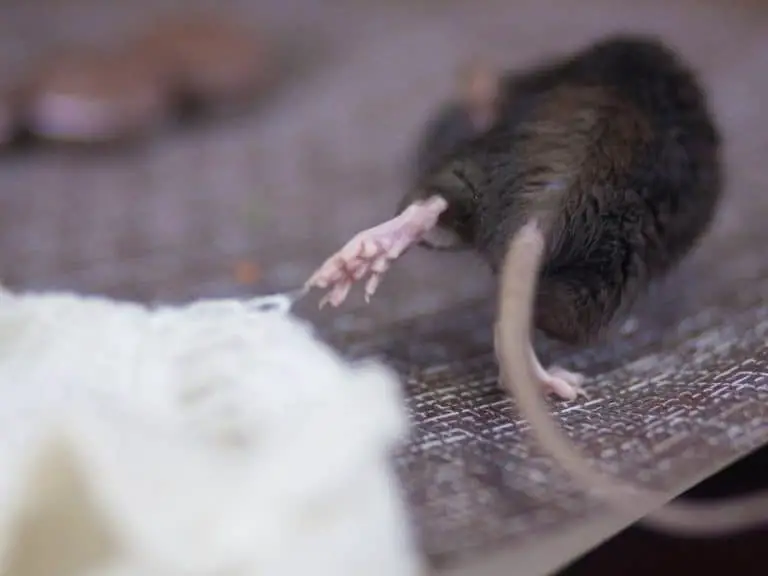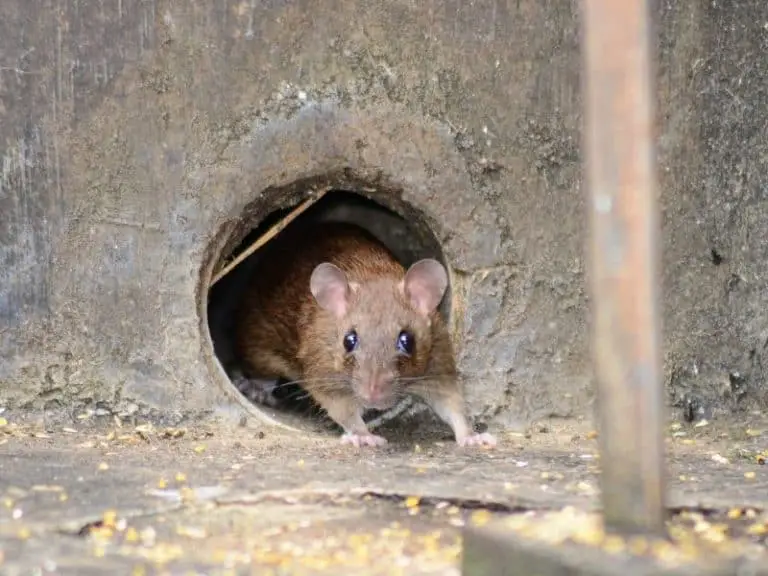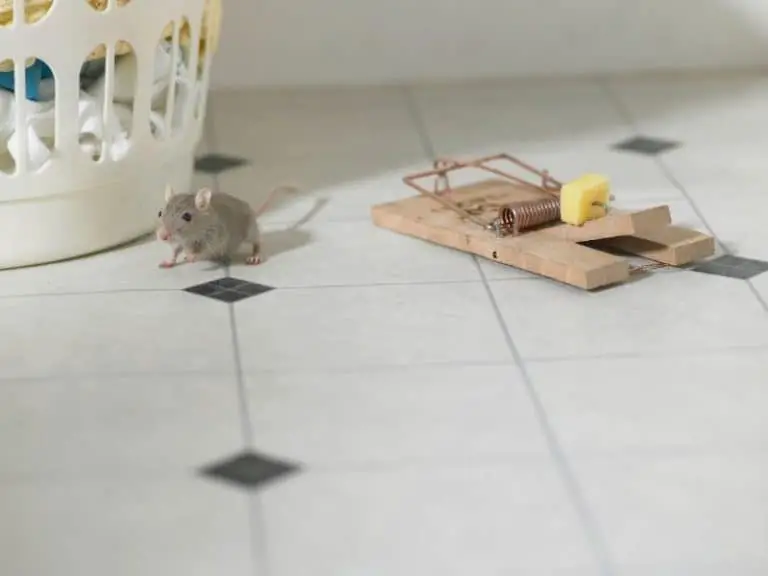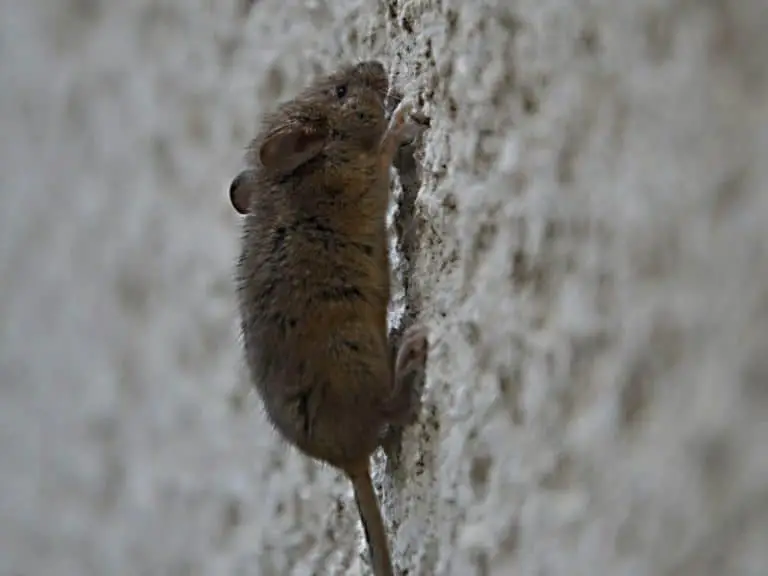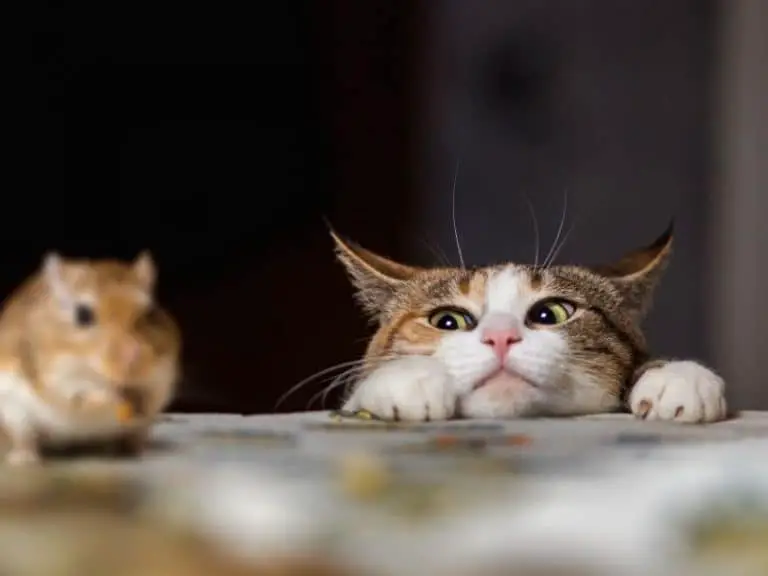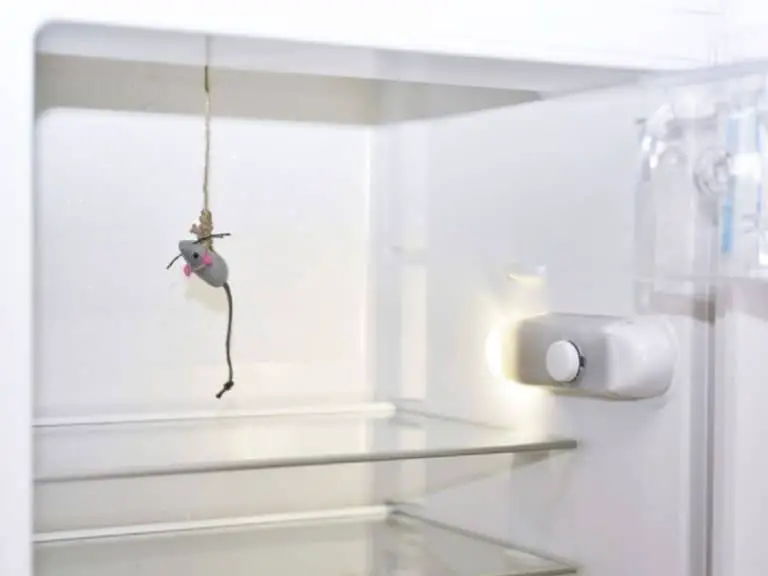What Does Baking Soda Do To Mice
Are you serious?!
That’s was my neighbor reaction when I told him about baking soda and its effect on mice. Not many people know, but there is a real science behind the things I am going to reveal in this post.
In chemistry terms, baking soda or sodium bicarbonate is one of the non-chemical rodent control alternatives. It is a salt composed of sodium cation and bicarbonate anion. What does it mean in layman terms?
The baking soda reacts with the steam, converting stomach acids into carbon dioxide gas that mice cannot handle. They can’t burp or fart to get through the gas, so it builds up in their stomachs, causing an internal blockage. In some cases, mice can even explode from internal gas pressure.
Pro-tip: Do you know that there is a better way to catch mice than traditional mousetraps that kill mice? Check out the humane mousetraps on Amazon.com now.
How to Use Baking Soda to Get Rid of Mice
If you planning to use the baking soda as non-toxic pest control, here are a few ingredients that you will need:
- Baking soda
- Flour
- Sugar
Once all ingredients are in order, all you need to do is follow these specific steps for it to work:
1. Put on protective gloves
This step is not to protect your skin. After all, all ingredients in the mix are non-toxic. However, you have to make sure you don’t touch any of the chemicals and substances you use during this phase, so that the smell of your skin would not scare mice when you are ready to place the poison around the house.
2. Combine one cup flour with one cup of sugar
Mix it well. The sugar is needed to attract mice, so they come and eat the potion.
3. Add one cup of baking soda to the mix
Again, mix the contents thoroughly. The baking soda is the main ingredient as it will soon kill them once consumed.
4. Sprinkle the mix in areas of mice activity
To get rid of mice you need to position the poison in areas where you can see traces of their activity. You can put the mix around your garbage bin or in the unused and dark places where those mice are hiding in your house.
You may also place some outside of your home around the drainage areas to kill those pests before they begin to get in.
5. Check these locations from time to time
After you left the poison overnight keep checking the area until you no longer see any signs of mice infestation. From there, you can determine how effective the baking soda poison is in killing mice.
But if you still see signs of infestation, consider shifting the traps around to find out the hiding place for the mice. This approach can help you remove them from your environment entirely.
Other Household Products That Kill Mice
Baking soda is not the only household item that repels mice. Check the following list for other ideas.
- Peppermint Oil: Mice are well known not to be big peppermint fans. Use peppermint oil drops to cotton balls and place them in entrances, kitchen cabinets, and any other suspected access points. You can even try to plant mint along your home’s exterior.
- Apple Cider Vinegar & Water: Sprinkle this mixture around your house’s perimeter and at any point of access inside. Ensure the solution is re-applied once a month.
- Fabric Softener Sheets: Mice can’t stand the softener smell. Stuffing these sheets at suspected entry points only keeps rodents at bay and keeps your home smelling fresh and clean.
- Steel Wool: This is a great choice that has proved to be successful in keeping mice away, so they can’t chew the hard stuff. Simply stick the steel wool in any gaps or holes in your house, using a touch of silicone to hold it sealed.
- Used Kitty Litter: Cats are well known to be natural mice hunters, and any mouse would run away when they think that a cat lives in the house. Place tubs of used kitty litter in your home near suspected points of entry.
- Instant Mashed Potatoes: This is an economical choice to get rid of your mice at home. Instant sprinkled potatoes are likely to be eaten by the rats, which can’t be handled or withstand the growing flakes in their stomach.
Signs You May Have an Infestation of Mice
Following are common signs of mice infestation:
- Droppings around the house (1/2 inch to ¾ inch long)
- Bones found in shed corners, under houses, and other hidden places.
- Greasy Trails or Rub marks along with the areas that you think they pass through
- Burrow holes around the house
- Added debris like snail shells or fruits with bitten out parts
- Signs of gnawing damage
- Pets like cats and dogs are more excitable than usual.
- Lastly, you can hear scratching noises in walls, cupboards, ceilings, and under floors.
Mice are smarter than we think. One whiff in their delicious treats, and they can sense a foul scent. They’ll know it’s been taunted even before beginning to nibble on it. To avoid the mice from hitting the tail and run, consider using a pleasant smell to the blend, such as cheese or peanut butter.
Rodents are wise. One day cheese and peanut butter aren’t just different in taste and fragrance. Ensure you outsmart the rodents by putting together something that looks amazing, feels good, and tastes even better.
I’m sure you’re already wondering how to dispose of that foul-smelling decaying mouse, and you don’t even know where exactly it is within the walls of your own house.
This poison method is a slow build-up of pressure in mice’s organs before rupture occurs, causing death. But it’s not immediate. A mouse may indulge you with poison at the deadly dose, but may continue to run around for an unknown time afterward, who knows where its final place of rest will be?
To prevent these incidents from occurring inside the house, you must build a baiting station. Since you used a homemade mixture for the poison, you might as well make a homemade trap too. A trouble-free method is to create a sealed area that mice would want to stay in.
The goal is to duplicate their habitat. They love dark, cozy, and warm places. Position the baking soda mixture inside the homemade bait and position it where they are usually seen.
The best places you can bury dead mice are either under bushes, vines, and in tall grasses that are not trimmed or under big rocks in the garden. This way, you will keep other animals from digging at the place where the mice are buried.
Mice come into houses because they smell food or because there is an entry point they can reach.
Although mice are cute and seemingly innocent, these rodents should not be taken for granted because they can contaminate your food. They are well known to carry diseases and bacteria that are lethal to humans.
Suppose you have a major infestation in your home. The risk factor of catching one increases. They spread disease through their urine, droppings, saliva, and nesting materials.
Here are some examples of the diseases that can be directly transmitted by rodents:
- Hantavirus Pulmonary Syndrome
- Haemorrhagic Fever with Renal Syndrome
- Lassa Fever
- Leptospirosis
- Lymphocytic Chorio-meningitis (LCM)
- Omsk Haemorrhagic Fever
- Plague
- Salmonellosis
- South American Arenaviruses
- Tularemia
It may sound all too extreme to suggest that mice can burn down your home, but they can actually do. Mice love to chew on wires, and while they’re in your walls and attic, with complete access to your household electrical equipment.
Soft concrete, wood (structure and furniture), drywall, rubber, plastic tubing, steel, metal, and even gas lines can also be used to eat rodents. You would better believe they will be nibbling away.
In order to defeat a clever adversary like a mouse, you have to think about, consider, and observe what your best course of action will be. Blindly putting baking soda alone will do nothing more than make the place smell better but will do nothing to dissuade the plague.
Photo credit: ©canva.com/SarapulSar38
Medical Disclaimer: TheHomePestControl is a digital publisher and does not offer personal health or medical advice. The contents of this website are not intended to substitute for professional medical advice, diagnosis, or treatment.
Affiliate Disclaimer: As an Amazon Associate, I earn from qualifying purchases made on our website. If you make a purchase through links from this website, I may earn a commission at no additional cost to you.

